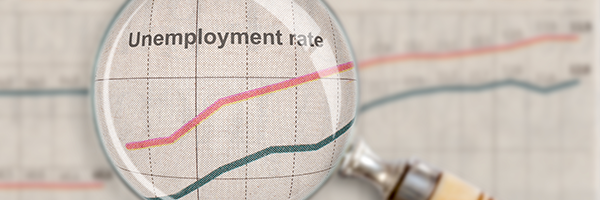The U.S. economy added 206,000 jobs in June, the Bureau of Labor Statistics reported today, July 5. That was above the median forecast of 190,000 new jobs in a Bloomberg survey of economists.
But even though the June number came in above expectations, the overall message in the data was that the labor market is slowing. The Bureau of Labor Statistics revised job growth in the prior two months down by 111,000. Average monthly job growth over the last three months slowed to the lowest rate since the start of 2021.
And the unemployment rate rose to 4.1% as more people entered the labor force. The participation rate—-the share of the population that is working or looking for work-—rose to 62.6%. The rate for workers aged 25-54, prime-age workers, increased to a 22-year high of 83.7%.
In addition the growth rate for average hourly earnings cooled.
The stock market reacted with another record high–the 34th in 2024 for the Standard & Poor’s 500–as the slowdown in job growth solidified a belief that the Federal Reserve would make is initial cut to its benchmark short-term interest rate at its September 18 meeting. Odds of a 25 basis point cut at that meeting rose to 71.1% today on the CME FedWatch Tool from 68.4% yesterday and 57.9% a week ago.
The S&P 500 topped 5,560. The Nasdaq 100 climbed 1%. The yield on the 10-year Treasury fell eight basis points to 4.28%.
The report also added to hope that the central bank would follow a September cut with a second rate reduction at its December 18 meeting. Odds of a second cut rose slightly to 46.6% today.
Where do we go from here?
This is how the economists at Bloomberg handicap the next couple of months: “We see the unemployment rate hitting 4.5% by year-end. If it reaches 4.2% in the July or August jobs report, we can see the Fed starting to cut rates at the September 17-18 FOMC meeting.”
Wall Street is getting impatient. “Get on with it,” Neil Dutta at Renaissance Macro Research told Bloomberg. “Today’s employment report ought to firm up expectations of a September rate cut. Economic conditions are cooling and that makes the trade-offs different for the Fed.”


